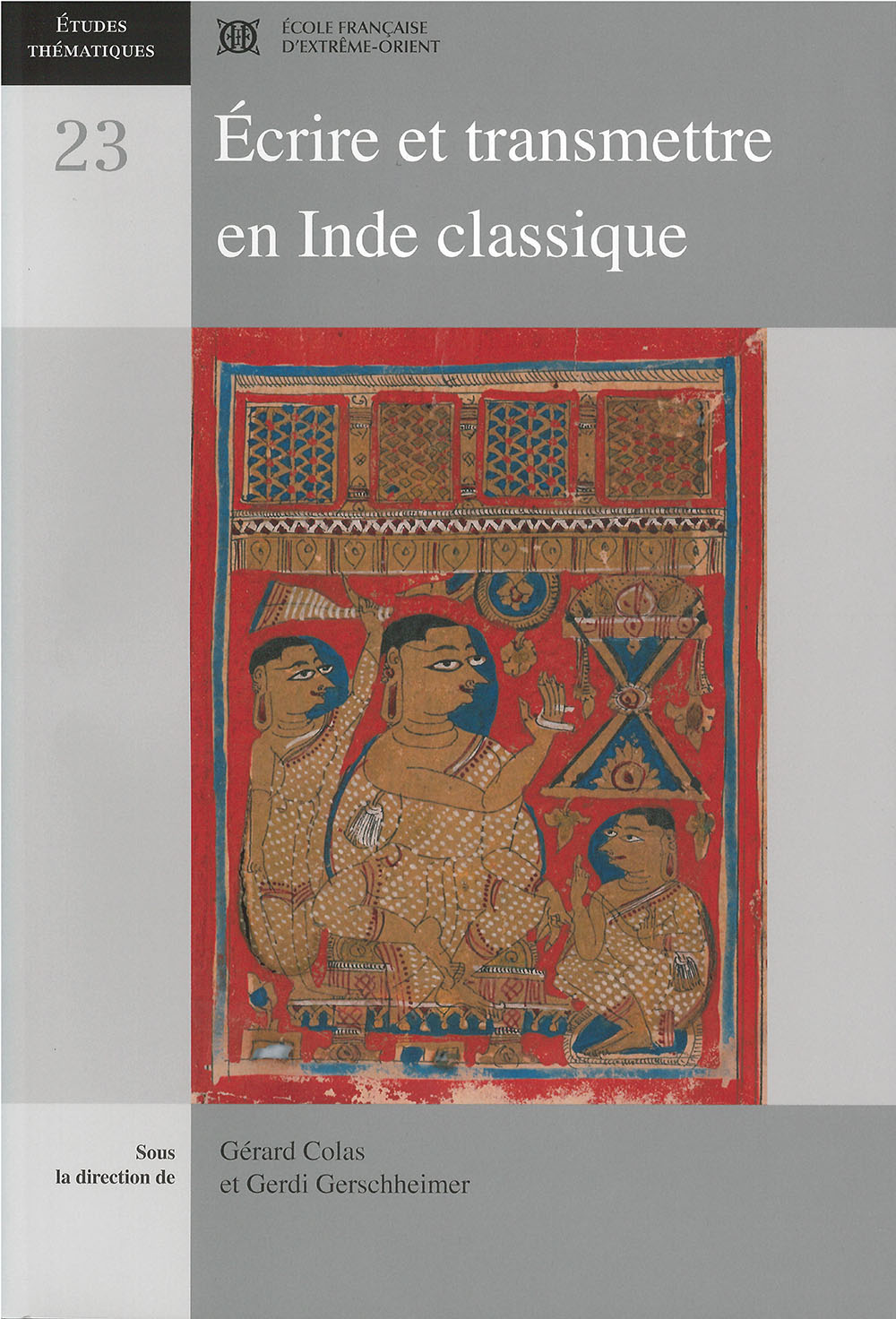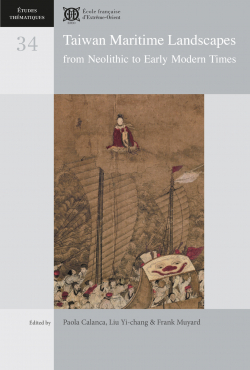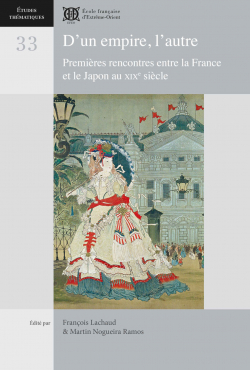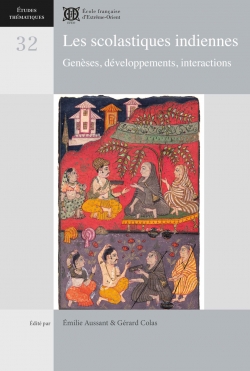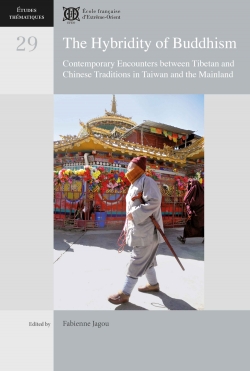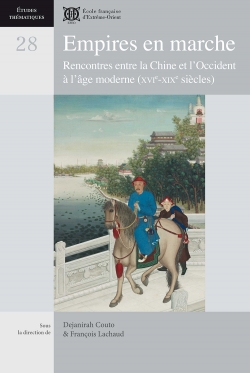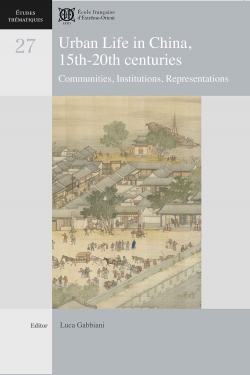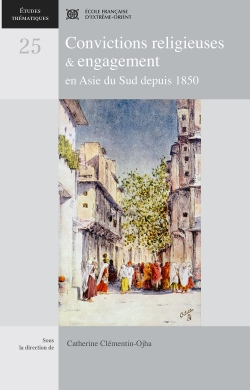The catalog of EFEO Publications includes works on a wide range of disciplines in the humanities and social sciences (archaeology, history, anthropology, literature, philology, etc.), centered on Asia, from India to Japan.
These publications address both specialists, and a wider public interested in Asian civilizations and societies.
Écrire et transmettre en Inde classique
Collection : Études thématiques
Collection's number: 23
Editor: Colas (Gérard), Gerschheimer (Gerdi)
Edition: EFEO
Publication date: 2009
Status : Available
45,00 €
ISBN-13 : 978-2-85539-098-7
ISSN : 1269-8067
Width : 18,5 cm
Height : 27,5 cm
Weight : 1 kg
Number of pages : 328
Distributor : EFEO Diffusion
Geography : India
Language : French, English
Place : Paris
Support : Papier
Abstract
The transmission of texts in premodern India cannot be dissociated from their use. Studying the milieux in which they were produced, as well as the literary genres to which they belong, can explain in part the ways in which they came into being, were read and underwent transformation. Some works, for example, are to a great extent shaped by being rooted in a fluid oral tradition; others have been submitted to the strictures of a learned discipline; others again have been transmitted by more than one path at the same time. Belles-lettres, works of grammar and philosophy, epigraphy, religious literature and ritual manuals all present different situations. The paper in this volume consider such situations with a shared perspective: the need to go beyond a simplistic opposition between orality and writing, an opposition which reveals itself to be not particularly fruitful for the study of premodern India, and to contribute towards a critique of text-criticism, thus refining philological methods.
Table of contents
About the collection
Études thématiques
Authors who would like to submit drafts are asked to follow these instructions, download : Feuille de style [PDF 602 Ko].
About the editor
Colas (Gérard)
Gérard Colas is Emeritus Senior Fellow at the French National Centre for Scientific Research as well as a member of the (French) Center for South Asian Studies (CNRS-EHESS). The topics of his PhD and D. Litt. dissertations (both published) were respectively Sanskrit texts of architecture and the Sanskrit corpus of the Vaikhānasa Vaiṣṇavas. He is presently studying paleography, Christian texts in Indian languages (18th c.) and Indian epistemologies, especially in connection with religion (for a recent bibliographical list, see http://ceias.ehess.fr/docannexe/ file/3770/colas_g_liste_de_productions.pdf).
Related books
Études thématiques
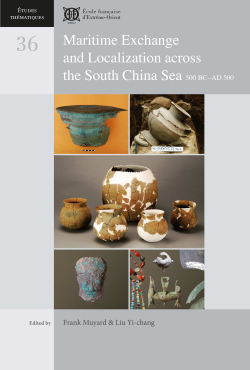
Maritime Exchange and Localization across the South China Sea
Bérénice BELLINA, Aude FAVEREAU, LÂM Thị Mỹ Dung, YAMAGATA Mariko, Frank MUYARD, LIU Yi-chang, Krisztina KINGA HOPPÁL, Stephen CHIA MING SOON, SHIUNG Chung-ching, MIYAMA Emily, CHAO Chin-yung, CHUNG Kuo-feng, WANG Kuan-Wen, Caroline JACKSON, LIU Jiun-Yu
40,00 €
2025
• Available
Études thématiques
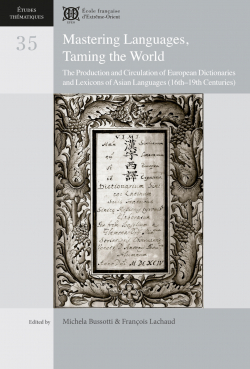
Mastering Languages, Taming the World
Michela BUSSOTTI, François LACHAUD, Dejanirah COUTO, Rui Manuel LOUREIRO, KISHIMOTO Emi, ŌSHIMA Mikio, Henning KLÖTER, Hans-Jörg DÖHLA, María Teresa GONZÁLEZ LINAJE, YANG Huiling, Mariarosaria GIANNINOTO, Eugenio MENEGON, Mårten SÖDERBLOM SAARELA, YOSHIKAWA Masayuki
40,00 €
2023
• Available
Études thématiques
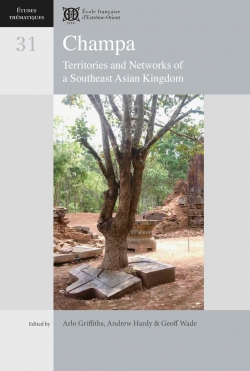
Champa
Andrew HARDY, Arlo GRIFFITHS, Pierre BAPTISTE, Amandine LEPOUTRE, William A. SOUTHWORTH, Geoff WADE, LÂM Thị Mỹ Dung, YAMAGATA Mariko, NGUYỄN Kim Dung, BÙI Chí Hoàng, Federico BAROCCO, NGUYỄN Tiến Đông, Thérèse GUYOT-BECKER, Anton O. ZAKHAROV, Mara LANDONI, John K. WHITMORE, Marc BRUNELLE, Stephen A. MURPHY, TRẦN Kỳ Phương, Parul Pandya DHAR
40,00 €
2019
• Available
Études thématiques
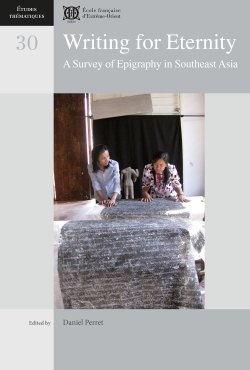
Writing for Eternity
Daniel PERRET, Claude GUILLOT, Ludvik KALUS, Philippe PAPIN, Claudine SALMON , Jacques P. LEIDER, Michel LORRILLARD, Arlo GRIFFITHS, Dominique SOUTIF, Julia ESTEVE, Peter SKILLING, Hadi SIDOMULYO, Tilman FRASCH, Kyaw Minn HTIN, Marek BUCHMANN, Christian BAUER, Titi Surti NASTITI, Roderick ORLINA
40,00 €
2018
• Available
